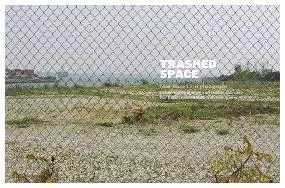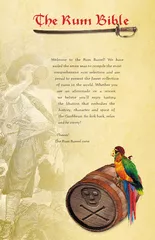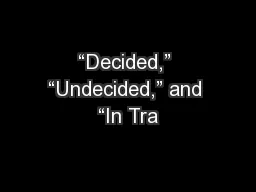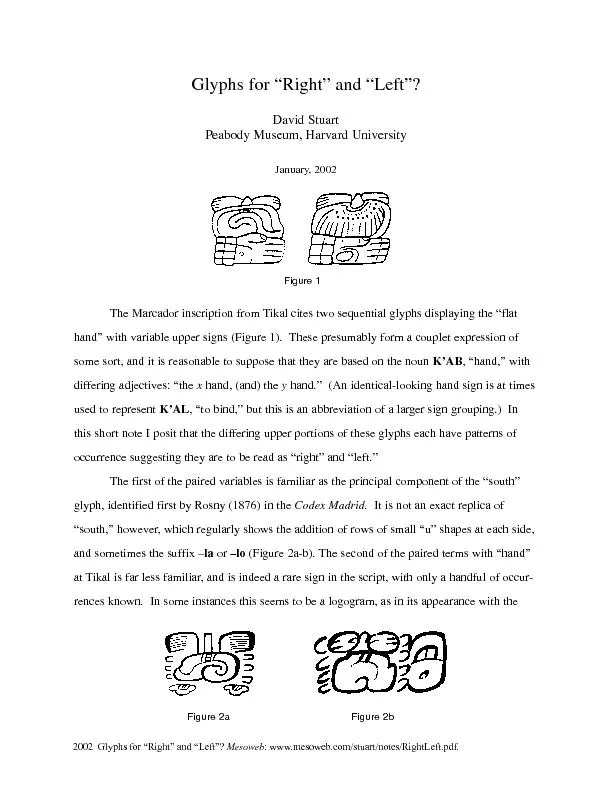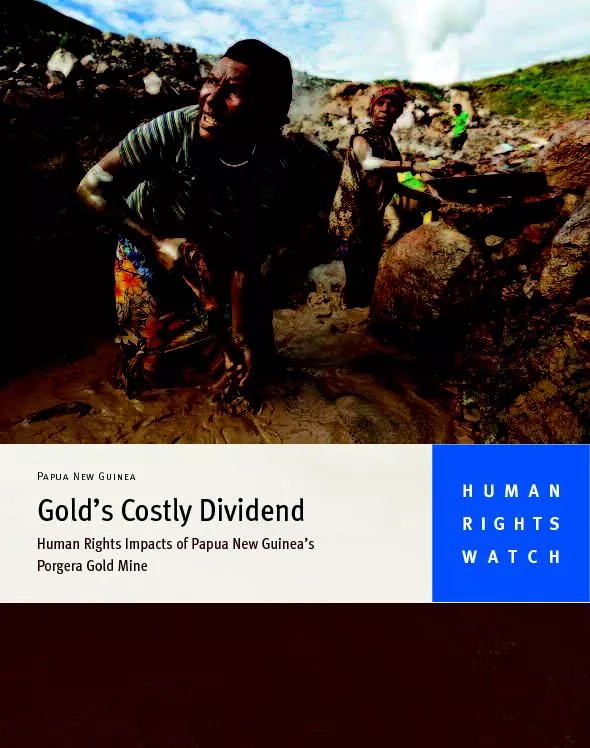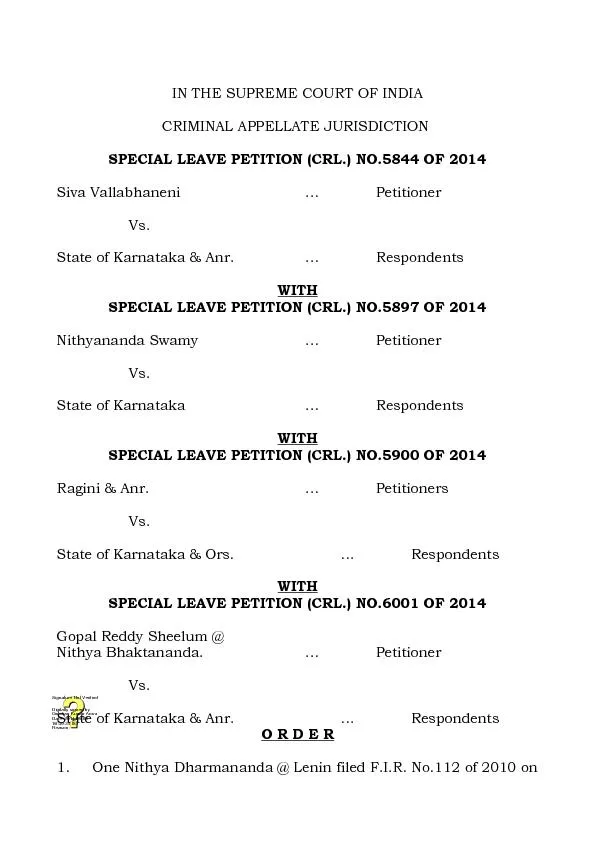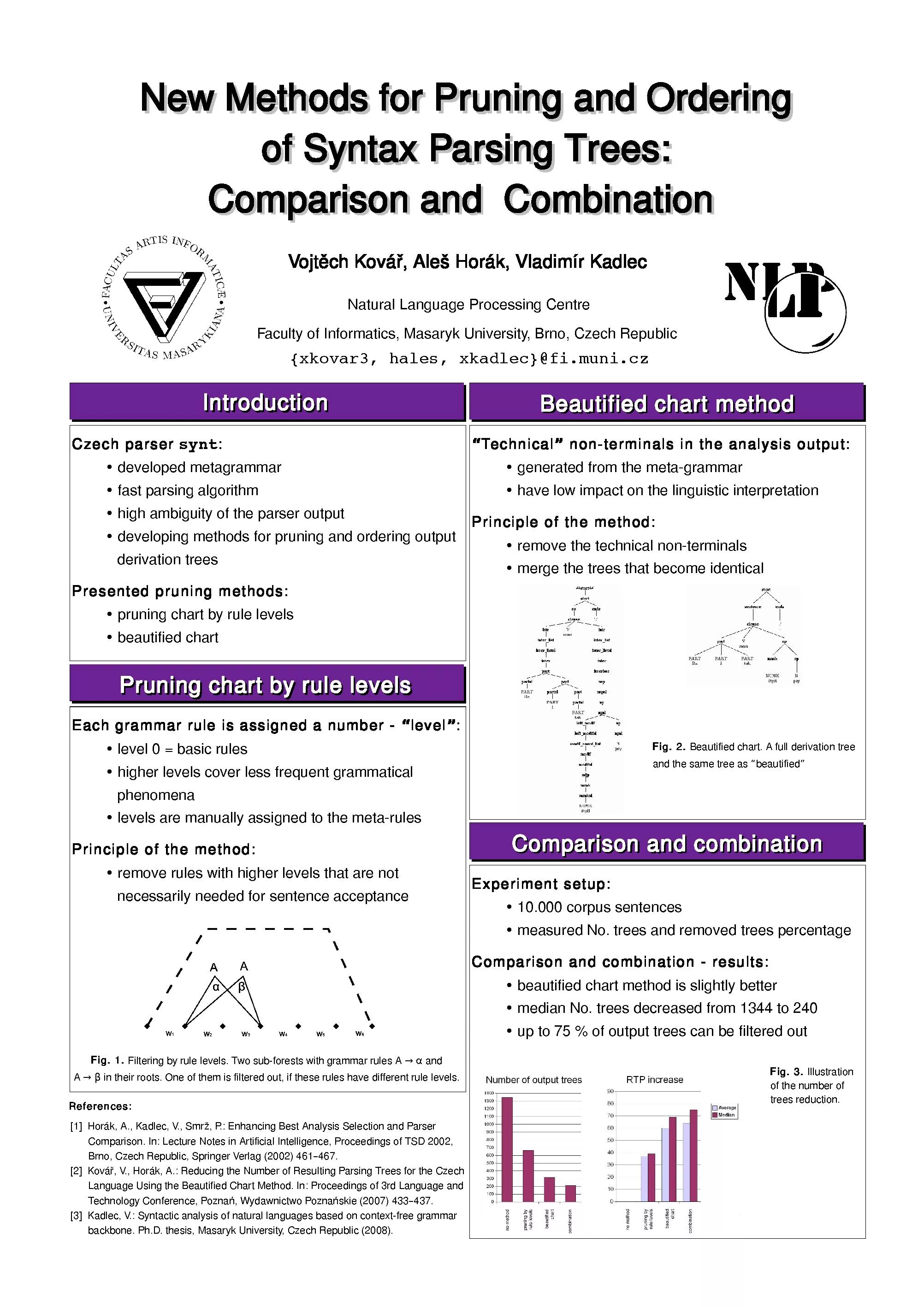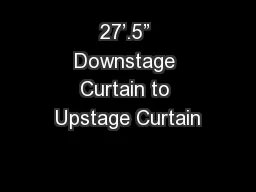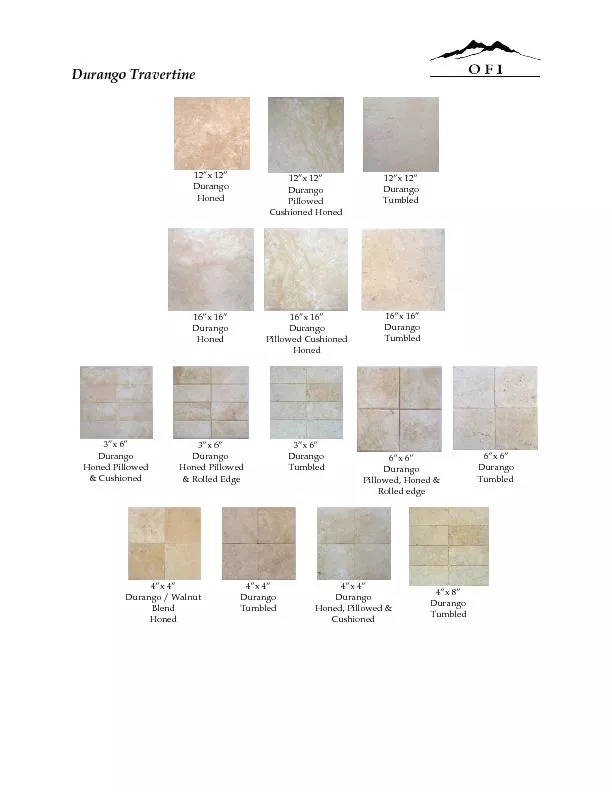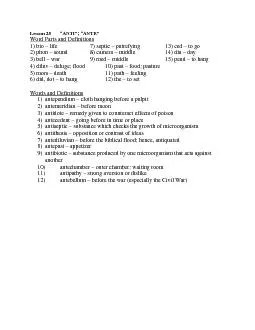PDF-“Junkscape” is what the writer and anti-suburbanite Jame
Author : giovanna-bartolotta | Published Date : 2015-11-19
munity planner Pamela Robinson has memorably named them x201Ccrudscapex201D The abandoned or overlooked landscapes of the contemporary city are variously overused
Presentation Embed Code
Download Presentation
Download Presentation The PPT/PDF document "“Junkscape” is what the wr..." is the property of its rightful owner. Permission is granted to download and print the materials on this website for personal, non-commercial use only, and to display it on your personal computer provided you do not modify the materials and that you retain all copyright notices contained in the materials. By downloading content from our website, you accept the terms of this agreement.
“Junkscape” is what the writer and anti-suburbanite Jame: Transcript
Download Rules Of Document
"“Junkscape” is what the writer and anti-suburbanite Jame"The content belongs to its owner. You may download and print it for personal use, without modification, and keep all copyright notices. By downloading, you agree to these terms.
Related Documents

